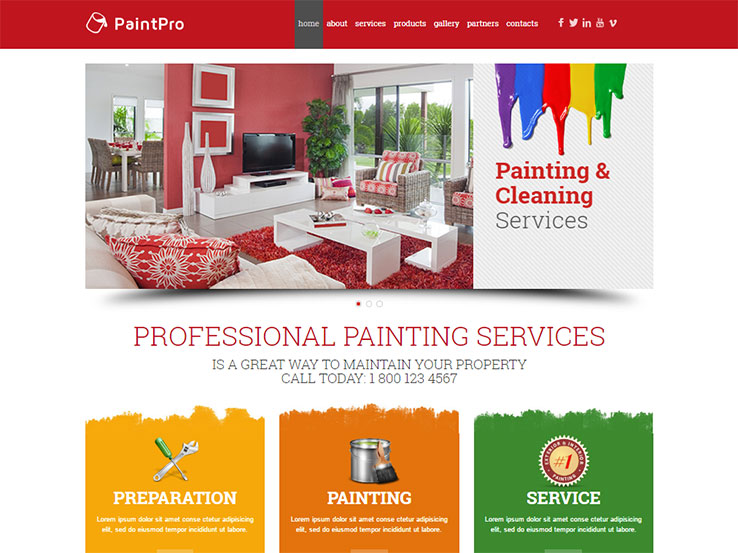What Impact Do The Best Colors Carry Your Brand'S Appeal In Industrial External Paint? Discover The Fundamental Variables That Direct Your Color Options
What Impact Do The Best Colors Carry Your Brand'S Appeal In Industrial External Paint? Discover The Fundamental Variables That Direct Your Color Options
Blog Article
Developed By-Hogan Luna
When it involves business outside painting, the shades you pick can make or damage your brand name's charm. Recognizing how interior house painting minneapolis mn is crucial to bring in consumers and building depend on. However Learn More Here 's not practically individual choice; regional trends and laws play a significant duty also. So, just how do you discover the perfect balance in between your vision and what reverberates with the neighborhood? Let's check out the necessary variables that assist your shade options.
Comprehending Shade Psychology and Its Effect On Business
When you pick colors for your business's outside, recognizing color psychology can considerably influence how possible clients regard your brand name.
Shades stimulate emotions and set the tone for your service. For example, blue typically conveys trust and expertise, making it suitable for financial institutions. Red can develop a feeling of necessity, best for dining establishments and inventory-clearance sale.
On the other hand, environment-friendly represents development and sustainability, attracting eco-conscious consumers. Yellow grabs focus and stimulates optimism, however too much can bewilder.
Consider your target market and the message you intend to send. By choosing the right shades, you not just enhance your aesthetic appeal yet additionally straighten your photo with your brand worths, ultimately driving client engagement and commitment.
Studying Resident Trends and Rules
How can you guarantee your external painting choices resonate with the community? Start by researching neighborhood trends. Visit close-by organizations and observe their color schemes.
Remember of what's prominent and what feels out of area. This'll help you straighten your choices with neighborhood appearances.
Next off, check regional policies. Many towns have standards on outside colors, especially in historic areas. You don't want to hang out and money on a scheme that isn't compliant.
Engage with regional business owners or community teams to gather insights. They can supply valuable comments on what shades are favored.
Tips for Balancing With the Surrounding Environment
To develop a natural appearance that mixes effortlessly with your environments, take into consideration the native environment and building styles nearby. Beginning by observing the colors of neighboring buildings and landscapes. Earthy tones like eco-friendlies, browns, and muted grays often work well in all-natural settings.
If your residential property is near vibrant metropolitan areas, you could choose bolder colors that mirror the regional power.
Next off, think of the building style of your structure. Traditional designs may benefit from traditional shades, while modern-day designs can accept contemporary schemes.
Test your color options with samples on the wall to see exactly how they engage with the light and atmosphere.
Lastly, keep in mind any type of local guidelines or community visual appeals to ensure your selection enhances, rather than clashes with, the environments.
Verdict
To conclude, picking the ideal colors for your business outside isn't almost appearances; it's a strategic choice that impacts your brand's assumption. By taking advantage of shade psychology, taking into consideration regional trends, and guaranteeing harmony with your surroundings, you'll produce an inviting atmosphere that draws in clients. Don't fail to remember to evaluate examples before devoting! With the ideal technique, you can boost your organization's curb allure and foster long-term consumer interaction and commitment.
